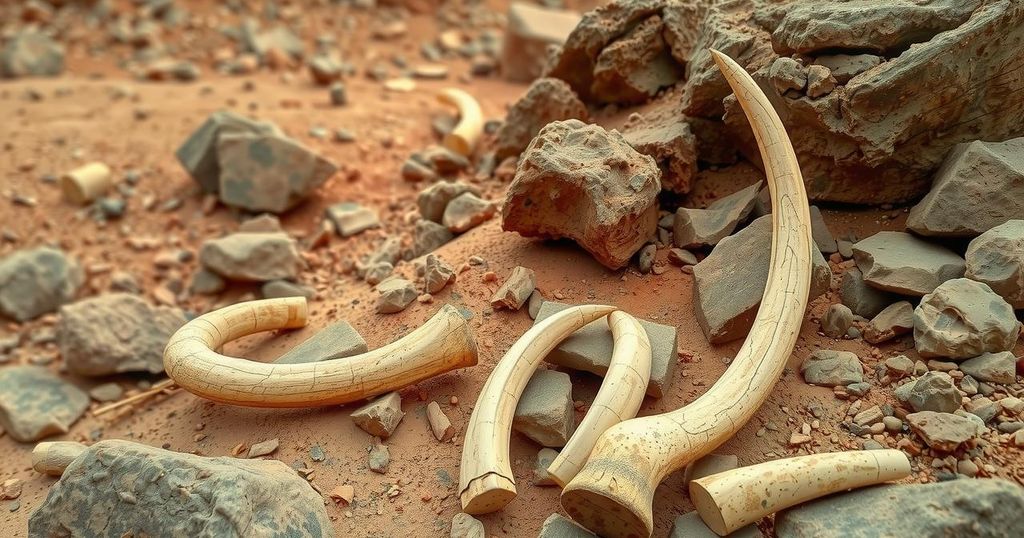Researchers in Tanzania have discovered the oldest known bone tools, dating back 1.5 million years. These tools, made from animal leg bones, represent an early use of knapping techniques typically associated with stone tools. Led by Ignacio de la Torre, the study indicates significant cognitive advancements in early hominins, showcasing their ability to adapt skills across materials.
Recent findings from Olduvai Gorge in Tanzania have revealed the oldest known bone tools, estimated to be 1.5 million years old, significantly shifting our understanding of early human intelligence. These tools were created from the leg bones of elephants and hippos, predating any previously discovered shaped bone tools by a million years.
Led by Ignacio de la Torre, a Paleolithic archaeologist, the study highlights the technique of “knapping,” primarily associated with stone tool creation, which involved using one stone to strike another to create sharp edges. This skill indicates a remarkable cognitive advancement among early hominins, as they adapted their stone-working knowledge to manipulate bone effectively.
The research involved analyzing 27 bone fragments which were confirmed to be shaped by hominins intentionally. The selected bones were durable, coming from elephants, hippos, and a cow-like species. Tools made from elephant bones ranged from 8.6 to 15 inches, while those crafted from hippo bones measured between 7 and 11.8 inches, indicating they were likely utilized for rigorous tasks, including processing animal remains.
Although the specific hominin species responsible for these tools is unidentified, both Homo erectus and Paranthropus boisei inhabited the region 1.5 million years ago. This discovery challenges established notions of human evolution, indicating that early hominins engaged with bone tool production well before the advent of larger stone tools such as hand axes.
Study co-author Renata Peters expressed her enthusiasm about the discovery, noting it demonstrates early human ancestors’ capacity to transfer their skills from stone to bone, marking a significant level of cognitive complexity not otherwise observed for another million years.
The discovery of ancient bone tools in Tanzania signifies a pivotal advancement in our comprehension of early human craft and cognitive capabilities. The adaptation of stone-working techniques to bone illustrates a sophistication previously unrecognized in hominins 1.5 million years ago. This finding suggests a unique evolutionary milestone, enhancing our understanding of human intelligence and skill transfer.
Original Source: caliber.az




